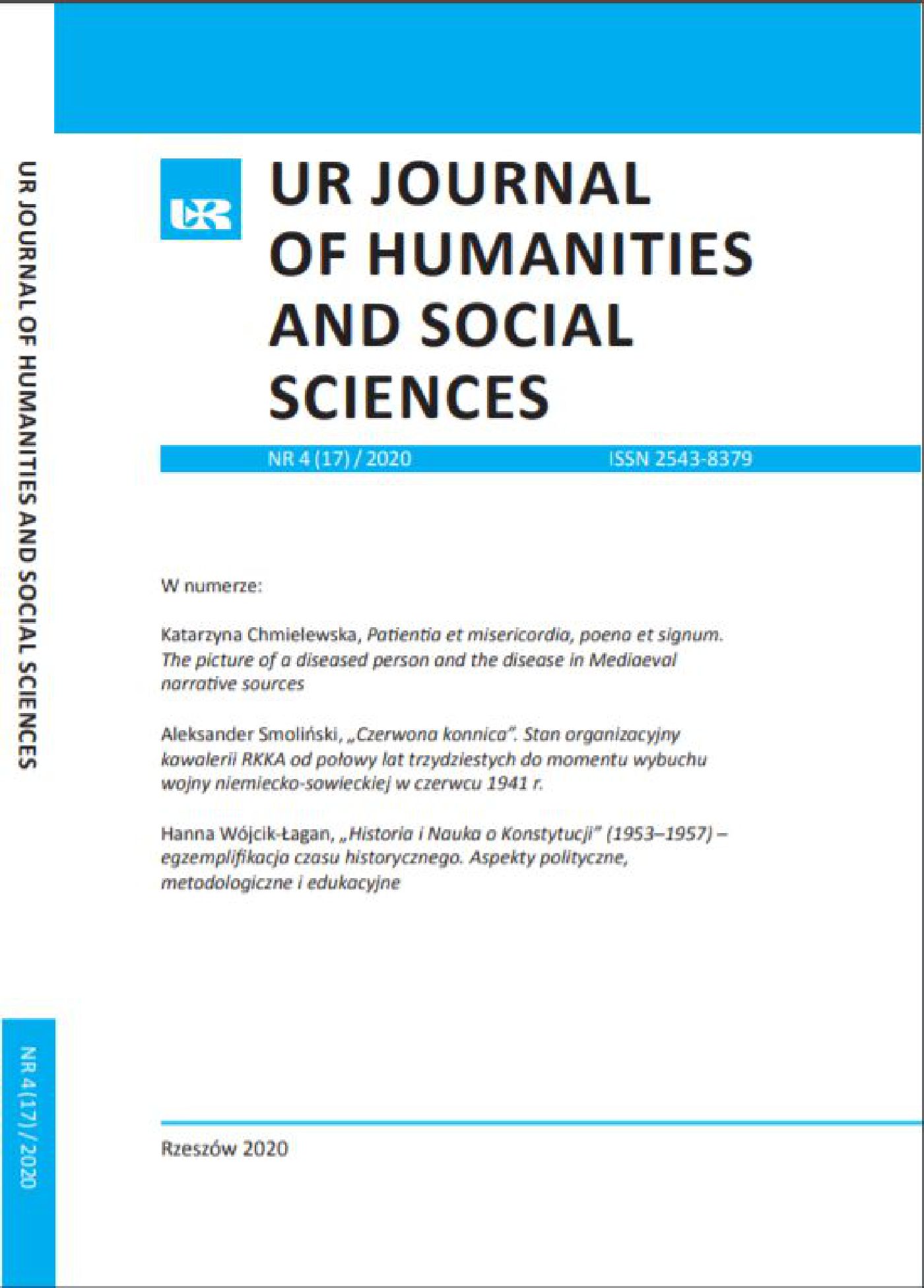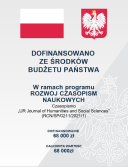The experience of the past and the contemporary city brand of New York and Singapore. A comparative analysis
DOI:
https://doi.org/10.15584/johass.2020.4.9Keywords:
city brand, place marketing, branding, city image, metropolisAbstract
The city's brand has become a huge non-material resource that exerts an influence on its competitive advantage and the power of its impact. The article presents the experiences of the past in making city brands. New York and Singapore have been selected as examples. Those cities are among the global metropolises that have changed their image by creating the city brand. The aim of this article was to investigate the role of city branding as a factor which stimulates its development, compare the marketing campaigns of the given metropolis and analyze theirs methods of creating a positive city brand. The analysis showed that the high standard of living as well as the interest of investors and tourists in New York and Singapore consists of many factors, such as infrastructure, nature and environmental protection, the city's presence on the Internet, feeling of safety, and even the city's atmosphere with feeling of pride in being a resident of a given city. For those metropolises, building their own brand using the experience of the past has become one of the key factors for the city's development, and economic and cultural growth. Their high position among cities around the world, can prove how important city brand is. Over time, the logo replaced the emblem of the city and became its symbol. The indicated solutions may help in the creation of strong city brands for developing cities. Given this need, the topic remains current.Downloads
Download data is not yet available.
Downloads
Published
2020-12-30
How to Cite
Marushchak, V. (2020). The experience of the past and the contemporary city brand of New York and
Singapore. A comparative analysis. Journal of Humanities and Social Sciences, 17(4), 149–164. https://doi.org/10.15584/johass.2020.4.9
Issue
Section
Articles
License
Copyright (c) 2020 Wydawnictwo Uniwersytetu Rzeszowskiego

This work is licensed under a Creative Commons Attribution-NonCommercial 4.0 International License.



